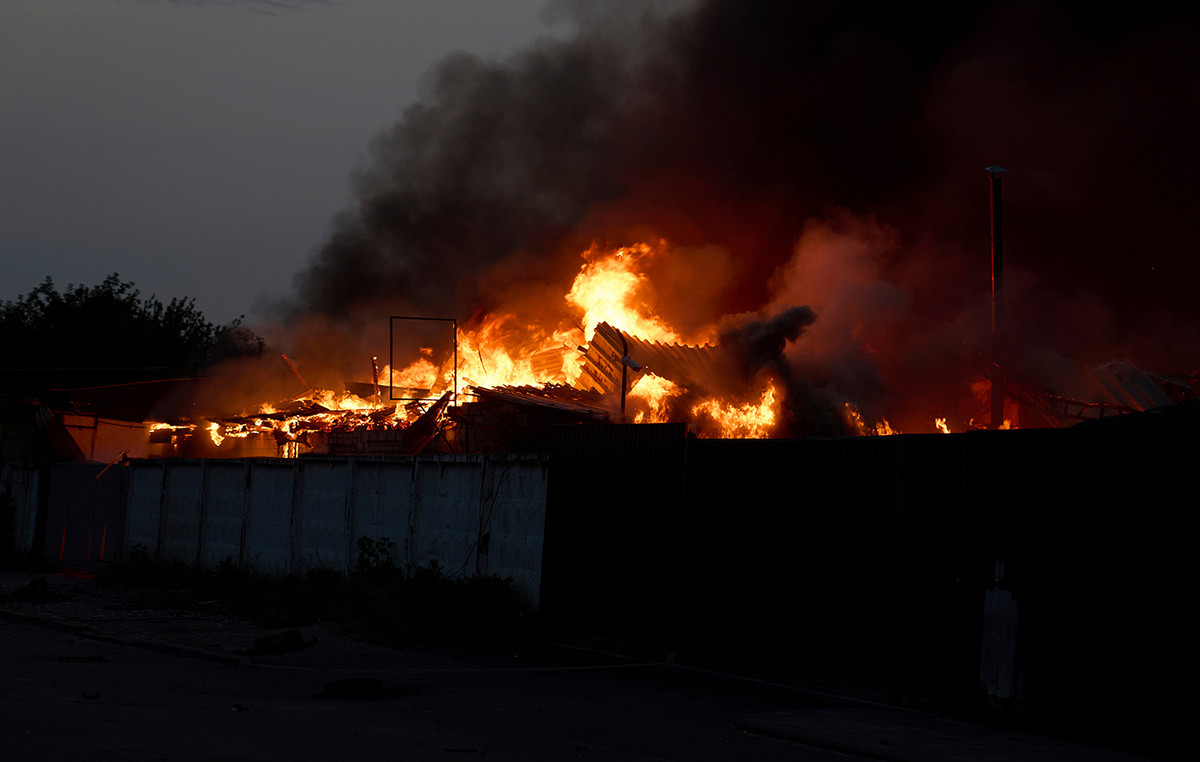A third group of 34 vehicles carrying vital supplies entered Gaza through the Rafah crossing, on the border with Egypt, this Monday (23). However, aid groups warn that much more is needed to stem the deepening humanitarian crisis in the Palestinian territory.
Israel’s airstrikes and total blockade of the Gaza Strip have put more than 2 million civilians at risk of severe dehydration and starvation.
The Israeli attacks began after Hamas’ surprise incursion into Israel on October 7, which left at least 1,400 people dead.
Since then, more than 5,000 people have been killed in Gaza, including 2,055 children and 1,119 women, according to the Palestinian Ministry of Health. A few dozen more were killed in ground attacks by the Israeli Army during the early hours of Monday.
UN experts have already declared that Israel’s “unspeakably cruel” blockade of Gaza violates international and criminal law.
The Palestinian enclave should have received more than 7,200 trucks with humanitarian aid since October 7, according to the CNN . However, less than a hundred trucks entered Gaza.
The territory bordering Egypt normally receives 455 trucks of aid a day, the UN said. Therefore, 7,280 trucks should have arrived between October 7th and 22nd.
Israel’s import blockade also affects the availability of medicines and medical supplies.
Aid workers in Gaza do not have morphine or painkillers to treat injured civilians, according to Leo Cans, head of the Doctors Without Borders (MSF) Mission in Jerusalem.
An MSF surgeon says he received, on Sunday (22), a 10-year-old boy who had “60% of his body surface burned and was unable to take painkillers”, Cans told CNN .
See more: Humanitarian aid trucks are not enough, says Palestinian born in Gaza
*Published by Fernanda Pinotti, with information from CNN Internacional
Source: CNN Brasil
Bruce Belcher is a seasoned author with over 5 years of experience in world news. He writes for online news websites and provides in-depth analysis on the world stock market. Bruce is known for his insightful perspectives and commitment to keeping the public informed.







